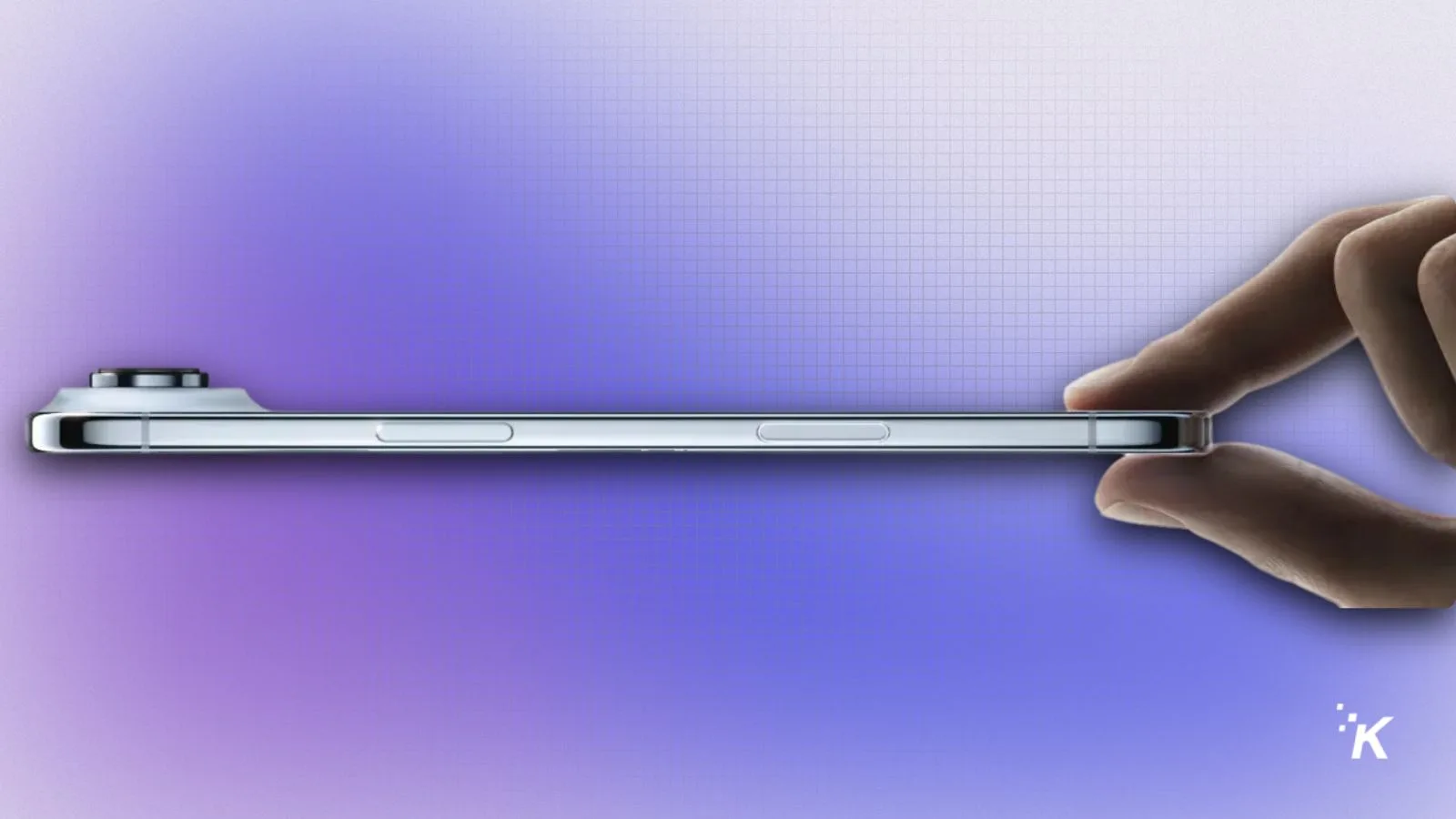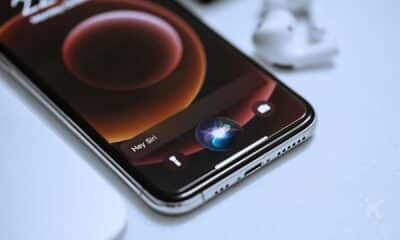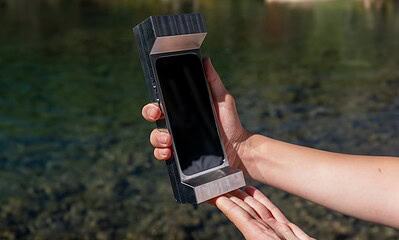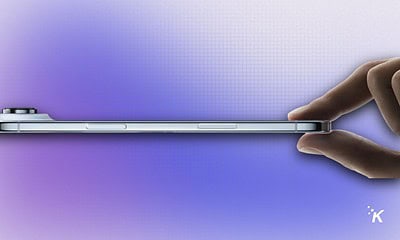Apple
Apple’s iPhone Air might already be out of breath
Paper-thin might not be the killer feature Apple hoped it would be.

Just a heads up, if you buy something through our links, we may get a small share of the sale. It’s one of the ways we keep the lights on here. Click here for more.
Just a few months after Apple unveiled the ultra-thin iPhone Air, the company is reportedly hitting pause on its sequel, and even cutting back production of the first one.
Well, that was fast.
According to The Information, the iPhone Air, which debuted in September as Apple’s sleekest iPhone ever, hasn’t exactly taken flight.
Turns out, “paper-thin” might not be the killer feature Apple hoped it would be.
Originally, Cupertino had big plans for a second-gen iPhone Air to launch next fall.
It was supposed to fix the usual first-gen kinks, lighter, better battery life, and even a fancy vapor chamber cooling system like the one found in the upcoming iPhone 17 Pro.
But those dreams are reportedly on ice, with Apple now refocusing its attention on the heavy hitters in its lineup.
According to the report, Apple’s 2026 iPhone lineup will center around the iPhone 18 Pro and a foldable iPhone.
Yes, the company that once mocked bendy phones might finally be joining the flex club.
Meanwhile, the standard iPhone 18 and a budget-friendly iPhone 18E are expected to arrive in spring 2027.
There’s still a slim chance (pun intended) that the iPhone Air could reappear around that same time, but it sounds like Apple’s not rushing to make it happen.
The tepid reception for the current model probably isn’t helping. Early adopters reportedly weren’t wowed by the trade-offs that come with shaving off millimeters.
You can only cut so much before users start noticing, you know, physics.
The iPhone Air was meant to be Apple’s statement piece, thinner than ever, minimalist to the point of absurdity, but it seems the world wasn’t quite asking for a diet iPhone.
Between balancing battery, durability, and heat management, the “Air” dream might be one prototype away from disappearing entirely.
Apple’s thinnest iPhone may have been a little too light for its own good.































